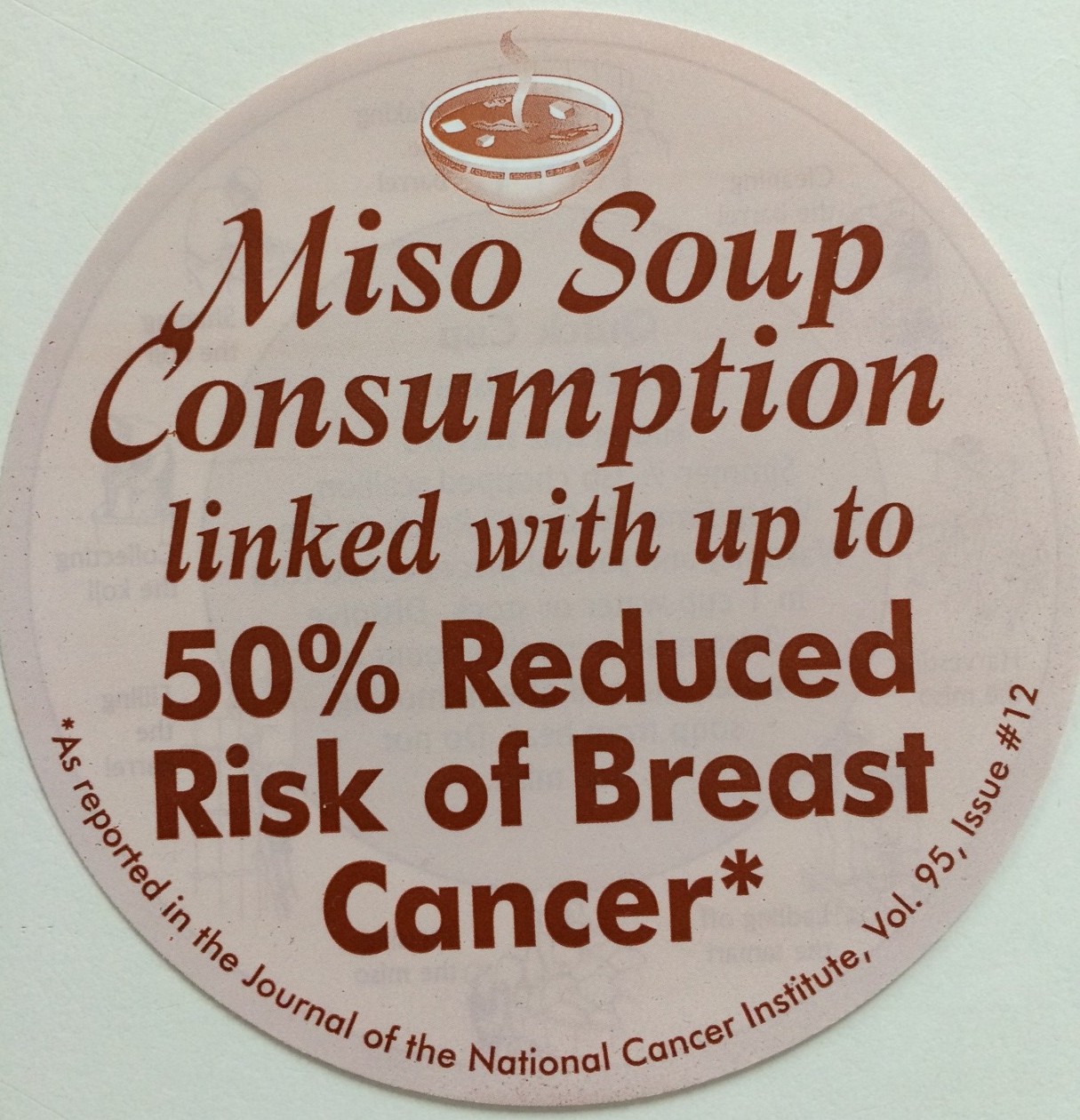Last week a new study with an inflammatory headline went viral: “Double mastectomy ‘not necessary’ for most women.” The study, from the University of Michigan Comprehensive Cancer Center, found that 70 percent of women who had a double mastectomy following a breast cancer diagnosis did so despite a very low risk of facing cancer in the healthy breast.
What troubles me about this genre of breast cancer research is the finger-wagging tone. Full disclosure, I had a double mastectomy without reconstruction in 2009. I was 38. I knew the risk of cancer appearing in my other breast was relatively low, but I made the decision that was right for me. In choosing a double mastectomy, I was in the minority. Only 8 percent of breast cancer patients opt for double mastectomy. That means, 92 percent of us choose something else. So why does that 8 percent drive researchers to distraction?
I picture breast cancer researchers in their labs, their clinics, their meetings, scratching their heads and asking themselves, “why do these crazy ladies lop off their breasts? They obviously don’t have the facts. They are making an emotional decision based on fear and anxiety.” And, for some women, that might be true. They might not know that (for most) a diagnosis of breast cancer in one breast does not increase the likelihood of breast cancer recurring in the other breast. They might decide out of pure fear. But I’m guessing the real reasons why 8 percent of breast cancer patients choose a double mastectomy are much more nuanced.
My decision to have a double mastectomy was complicated. A big factor for me was not wanting to have one breast. It might sound silly to some but I didn’t want a singleton. I wanted to be able to wake up, pull on a t-shirt, and walk the dog. That didn’t feel like too much to ask. I didn’t want to have to wear a prosthesis just to feel “even.” Reconstruction, which solves this problem for a lot of women, was not a good option for me. Another factor in my decision was that my remaining breast no longer felt sexy. I feared it would become a lonesome reminder of a terrible time in my life. Plus, I wasn’t planning on having children or breastfeeding.
For me, a double mastectomy made a lot of sense. But my reasons were all very personal and, therefore, difficult to measure in a research setting. I’m guessing other members of the double-mastectomy club have equally complex reasons for making the decision we did. Why must researchers continue to spend good money trying to figure out why we weren’t more swayed by data? Got research money to spend? Spend it on saving women’s lives not second guessing our decisions.

